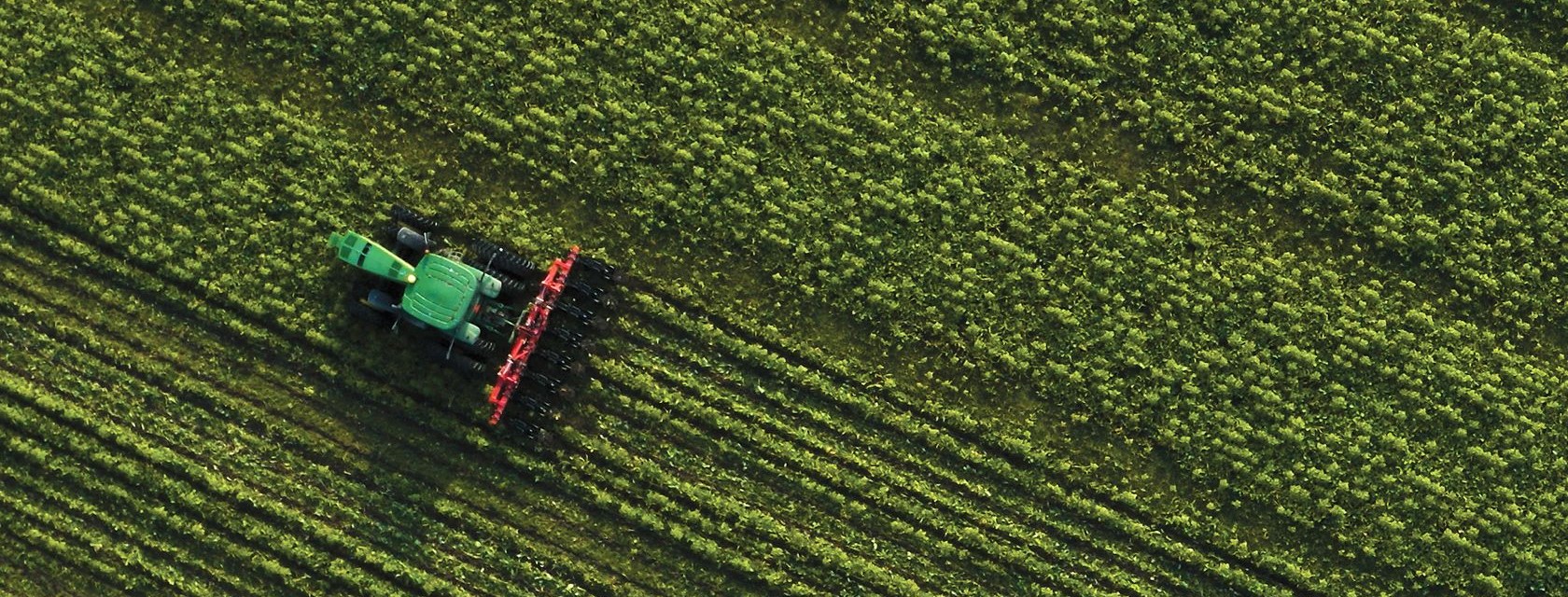It’s easy to overlook the human side of trade disputes when headlines focus on billion-dollar trade imbalances. Farmers on both sides need a more collaborative path.
By Dr. Asim Biswas, professor and OAC Chair in Soils and Precision Agriculture, School of Environmental Sciences
Reprinted with permission from The Hill Times. Read the original article.

In a year marked by unprecedented stresses—from rising input costs to climate extremes—the last thing Canadian and American farmers need is a volatile trade environment. Yet recent policy shifts and retaliatory tariffs have injected new uncertainty into a relationship that, for decades, has anchored both countries’ agricultural economies.
As someone who has spent years studying soil health, precision farming, and cross-border research collaborations, I have observed first-hand how intricately woven our two nations’ agri-food systems have become. Farmers on the Canadian Prairies often sell their wheat, canola, and barley to processors in the United States who in turn supply feed, fertilizer, and other essential inputs. Meanwhile, Ontario’s dairy producers rely on specialized packaging materials from just across the border. These day-to-day realities highlight a simple truth: Canada and the U.S. do not just trade with each other, they also rely on each other to keep food prices stable, supplies abundant, and innovation moving forward.
Yet in recent months, a series of tariff escalations has overshadowed decades of shared progress. Whether these measures stem from domestic politics, perceived inequities in agricultural subsidies, or broader geopolitical tensions, the immediate impact is the same. Farmers in both countries find themselves in a bind: squeezed by higher costs on some fronts, battered by reduced market access on others, and often left with an unsettling question: how do I keep my operation afloat in the midst of unpredictable trade policy?
Agricultural tariffs undermine cross-border relationships
It is easy to overlook the human side of these disputes when headlines focus on billion-dollar trade imbalances. In regions like Manitoba and North Dakota, for instance, producers have historically worked in symbiosis: the same rail lines ferry grains across a shared border, while joint venture agreements and local co-ops offer discounts on fertilizer or seed. Those relationships do more than just pad local economies; they sustain the social fabric of rural communities, helping them weather the storms—both literal and figurative—that agriculture inevitably faces.
The risk is that prolonged tensions can weaken our collective resilience just as we need it most. Climate extremes are growing more frequent, underscoring the need for rapid technological progress to keep yields stable under heat, drought, and flooding. Much of that innovation has come through cross-border research initiatives, where agricultural scientists and companies pool resources and expertise to develop climate-smart solutions—such as drought-tolerant crop varieties or soil sensors that optimize fertilizer use. If ongoing disputes block research partnerships or stifle the exchange of crucial scientific data, both nations will lose ground in the race to adapt.
The stakes go beyond scientific discovery. Food security—particularly for low-income and remote communities—depends heavily on the seamless movement of goods between our two countries. Should tariffs disrupt supply chains for extended periods, consumers would inevitably see higher grocery bills and fewer fresh products on shelves. Indigenous and northern communities—where local production can be limited, and prices already sit well above national averages—would feel the impact even more acutely.
Tariff-free ‘green corridors’ for critical goods
Despite these challenges, there is a way forward that respects each nation’s domestic needs while preserving the spirit of co-operation. First, policymakers should recognize that agricultural tariffs are more than short-term bargaining chips; they can undermine years of investment in cross-border relationships and innovations that have benefited farmers on both sides. Legislators must distinguish between pressing for fair trade and using blunt policy instruments that risk collateral damage to families and communities.
Second, governments could establish temporary, tariff-free “green corridors” for critical goods—such as fertilizers, grains, and feed—to keep vital supply chains intact during trade disputes. This pragmatic step would help stabilize both farm operations and consumer prices, buying time for more nuanced negotiations.
Finally, our leaders should broaden the discussion. Rather than limiting talks to traditional exporters, we need a seat at the table for small-scale producers, Indigenous voices, and research institutions. These groups often have the clearest view of the on-the-ground consequences of trade policies—and they are the ones most likely to devise innovative solutions for long-term resilience.
For two countries that share more than a border, turning away from collaboration is a risk we can ill afford. When it comes to agriculture, the ties that bind are not just economic—they are also scientific, cultural, and deeply personal. We owe it to our farmers, our rural communities, and future generations to keep these channels open, no matter how turbulent the broader political climate becomes.
